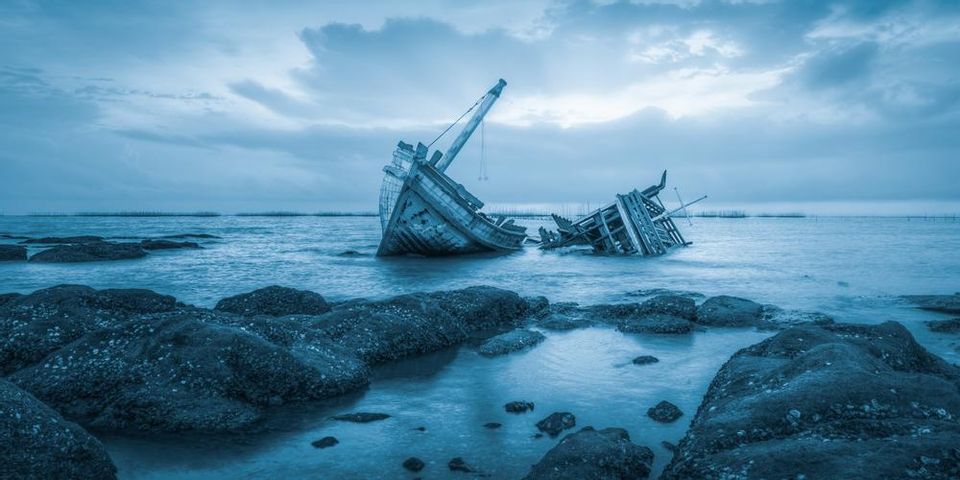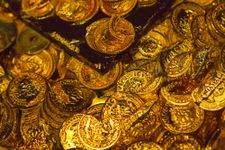What Is the Shipwreck Effect? Rare Coin Dealers Tell All
By Coins Plus

Numismatics, as a practice, relies heavily on organization. Rare coin dealers use a 70-point numerical scale to fully assess and classify their specimens. In the case of gold and silver coins recovered from shipwrecks, however, this grading system does not always apply. Thus, professionals instead use the shipwreck effect designation.
What Is the Shipwreck Effect?

In the early days of coinage, most countries made their currency from either gold or silver. Being made of precious metals coins were highly durable compared to the other goods often carried by ship at that time. This allowed them to survive on the ocean floor for the last couple centuries. However, that doesn’t mean these specimens went completely untouched.
Silver, for example, is susceptible to salt water damage, so many recovered silver coins show signs of exposure. Gold, on the other hand, often does not exhibit the effects of submersion.
Gold and silver coins with surface disturbances are one step closer to earning their own classification system known as the shipwreck effect. But first, they must be recovered in an archaeologically sound manner to preserve the history of the wreck itself. Coins must also be conserved using minimally invasive procedures, thus ensuring the stability of the artifact.
What Are the Grading Standards?
The shipwreck effect allows the NGC as well as rare coin dealers to accurately describe the recovered gold or silver and its preservation history. It is broken into four grades, moving most to least intact:
- Shipwreck Effect A: The coin exhibits minimal surface damage and is very aesthetically pleasing.
- Shipwreck Effect B: The specimen shows light surface damage from salt water immersion. It may also exhibit some moderate disturbance, but these areas do not interfere with the coin’s central design. It also has above-average eye appeal for a recovered artifact.
- Shipwreck Effect C: The coin displays moderate disturbance to their surfaces from prolonged salt water exposure. However, this damage does not interfere with accurate identification of the specimen. Grade C coins have average eye appeal.
- Shipwreck Effect: The specimen exhibits heavy to severe surface damage, with metal loss affecting its central design. It has little eye appeal and is often difficult or even impossible to identify.
Coins Plus, a leading rare coin dealer, has three locations in the Greater Cincinnati area. Their team has experience with everything from shipwreck effect coins to gold bullion and rare coins and currency. Have an item you want to sell or learn more about? Call them at (513) 621-1996 or visit their website to schedule an expert, honest appraisal.
About the Business
Have a question? Ask the experts!
Send your question

